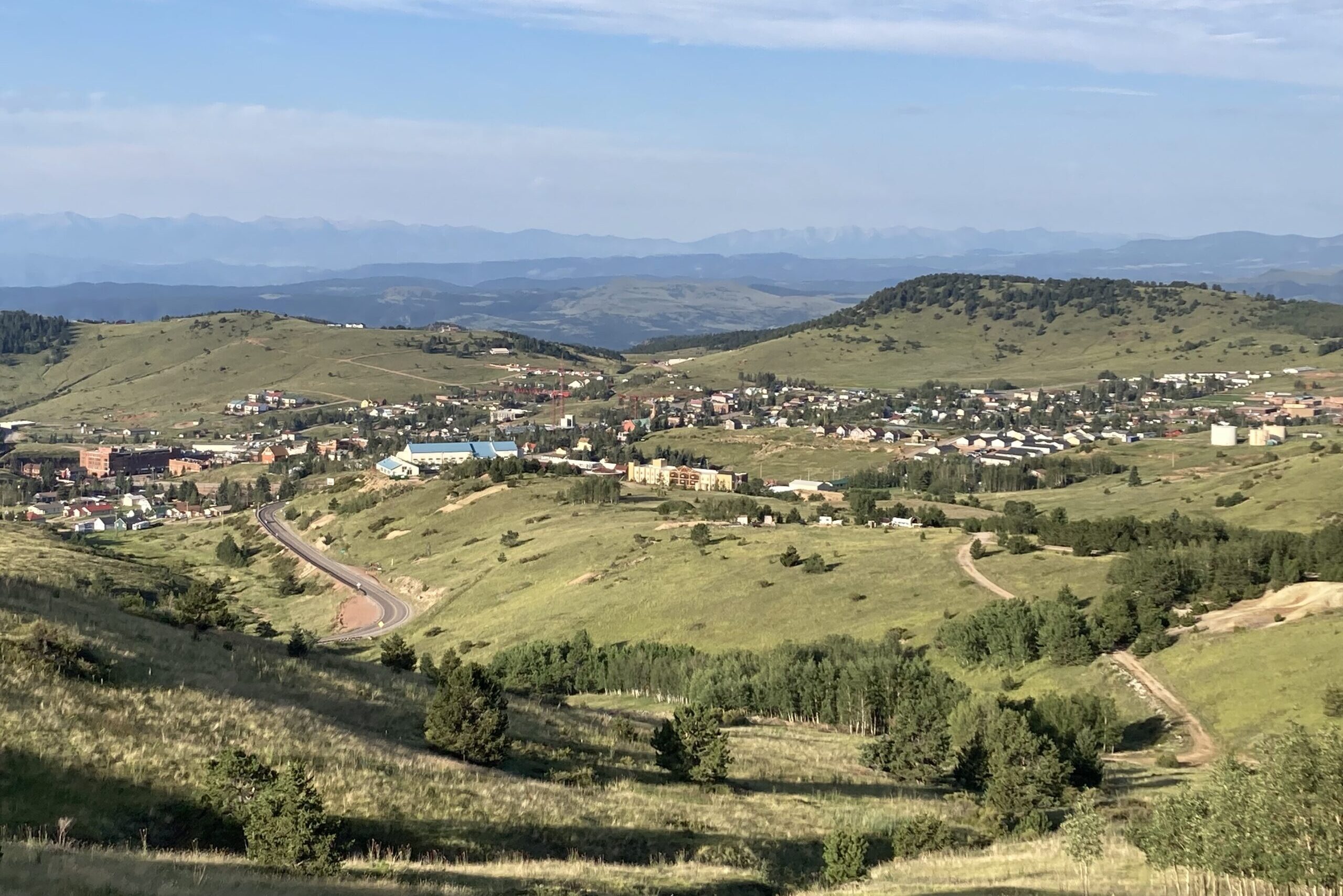
Statewide, 18 counties including Baca, Prowers and Conejos saw young people leaving to go to college or look for work in other places between 2010 and 2020.
At the same time, some counties in southeastern Colorado are growing because people are moving in to go to college, like Alamosa County, or retire, like Teller County.
A total of 14 Colorado counties including Pueblo, Costilla and Las Animas attracted higher numbers of 55- to 70-year-olds.
These groupings by age and definition are called typologies. The state demography office looks at the prevalence of in and out migration of certain age groups to help track population trends and recently updated the agency's reports.
The typologies are the following, with the number of counties that fall into each category in parentheses:
Young Adults Ages 20-30
- Early career (6 counties)
- University influence (5 counties)
- Resort influence (8 counties)
- Young adult out (18 counties)
Adults Ages 30+
- Family (5 counties)
- Retirement destination (14 counties)
- Prison influence (4 counties)
There are also four combination counties: Denver, El Paso, Mesa and Weld, which have several factors influencing the in and out migration.
Demographer Cindy DeGroen said they’ve been tracking these age-based patterns since the 1970s.
“In Colorado all of our counties are different,” she said during a recent presentation. “So within the projections model, we bucket counties into different typology in terms of how we model the numbers of persons coming in and out by age.”
DeGroen said not everyone is moving to and from the region by choice though.
“We have four counties with a large enough prison population relative to their total population that the movement of the incarcerated population is really what defines the in and out migration,” she said.
Bent, Crowley and Lincoln are among the counties where population migration is most influenced by this factor, although their overall populations are not growing.
Meanwhile, the “family” — typology used by the agency — is defined by adults in their late 20s to late 40s with children under 18. They're moving into Elbert and Park counties as university and early career-age young adults aged 18 to mid-20s are leaving.
DeGroen said the trends statewide have stayed fairly consistent over the years, but as she looks to the future she said the job market nationally will likely affect Colorado. Another important variable, she said, is the country’s aging population.
“If retirees don't age in place as they have historically, that's a question,” she said. “Are they going to cash out their equity and relocate to a lower-cost area?”
Migration could increase to some areas of Colorado if it is a lower cost option for people from states with a more expensive cost of living like California and New York, DeGroen said.
Related coverage
- Colorado Springs leaders look to the future through the lens of an aging population, education and affordable housing
- Southern Colorado Sees Population Growth In El Paso County, Decreases In Most Plains Counties
- Remote work and older people moving in helped drive population growth in San Luis Valley and Eastern Plains









